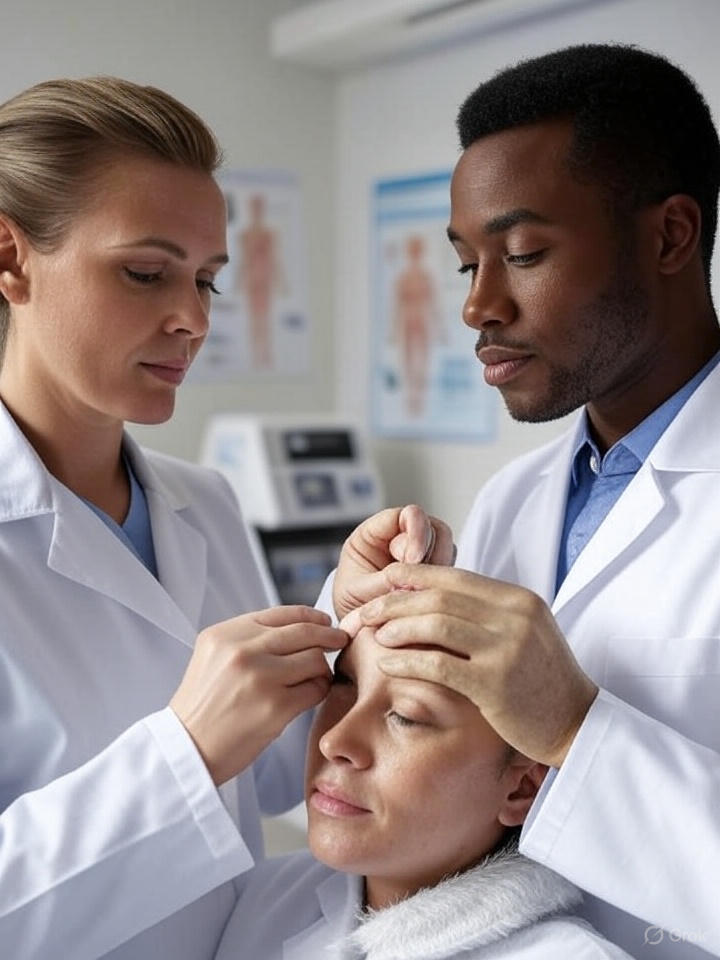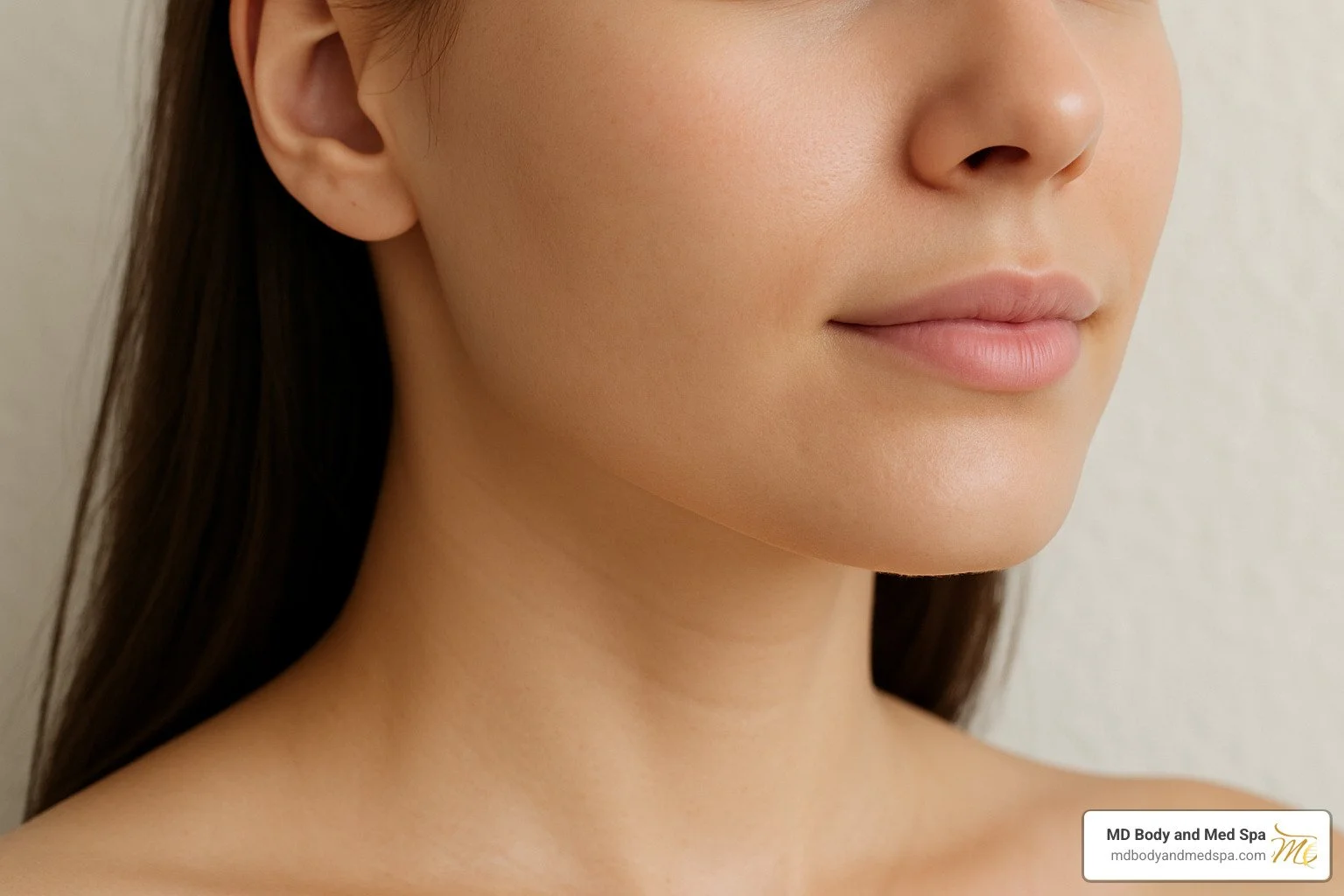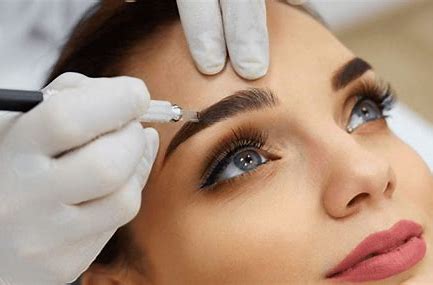Acne is one of the most common skin conditions, affecting people across all ages and skin types. While it often begins during adolescence, many adults continue to experience breakouts well into their 30s, 40s, or beyond. At its core, acne occurs when hair follicles become clogged with oil and dead skin cells. Bacteria can also become trapped in the pores, leading to inflammation and visible blemishes. Although most people refer to all breakouts as “acne,” not every blemish is the same. Understanding the different types of acne can help guide more effective treatment strategies.
Distinguishing Between Non-Inflammatory and Inflammatory
Acne generally falls into two broad categories: non-inflammatory and inflammatory. Non-inflammatory acne includes blackheads and whiteheads, also called open and closed comedones. These are caused by clogged pores without significant redness or swelling. They tend to be more persistent and may not respond as easily to typical cleansers or scrubs.
Inflammatory acne presents with redness, tenderness, and swelling. This category includes papules, pustules, nodules, and cysts. These forms are often more painful and prone to scarring. Inflammatory acne is usually a sign that bacteria and the immune response are actively involved.
Treating Mild to Moderate Acne
When breakouts consist primarily of blackheads and whiteheads, treatment often starts with topical solutions that help regulate oil production and increase cell turnover. Products containing ingredients like salicylic acid or glycolic acid can help unclog pores and prevent new comedones from forming. Benzoyl peroxide, an antibacterial agent, is also frequently used to reduce the likelihood of inflammation.
Addressing Severe or Persistent Acne
For individuals dealing with nodules or cysts—large, painful blemishes that form deeper within the skin—over-the-counter treatments rarely provide relief. These types of acne can linger for weeks and often leave behind dark marks or permanent scars if not managed properly. Dermatologists may turn to oral antibiotics to reduce inflammation and bacterial activity or prescribe stronger topical medications.
In severe cases, isotretinoin may be considered. This powerful medication, taken orally over several months, drastically reduces oil gland activity and can lead to long-term remission of acne. Because it carries potential side effects, including risks for pregnant individuals, it is typically used only when other therapies have failed. Close monitoring by a medical professional is key during this treatment period.
Even for less severe forms of inflammatory acne, professional treatments like chemical peels, laser therapy, or cortisone injections may be recommended to accelerate healing and reduce the risk of scarring. These procedures are carefully tailored to individual skin types and often work best as part of a broader treatment plan that includes daily skincare and prescription products.
See a Dermatologist
While many cases of acne can be managed at home, persistent, painful, or scarring breakouts are best evaluated by a medical professional. A board-certified dermatologist can perform a thorough assessment and develop a treatment plan that considers your skin’s specific needs. They also provide support in navigating any emotional or psychological effects of acne, which can take a toll on self-esteem and social confidence.



